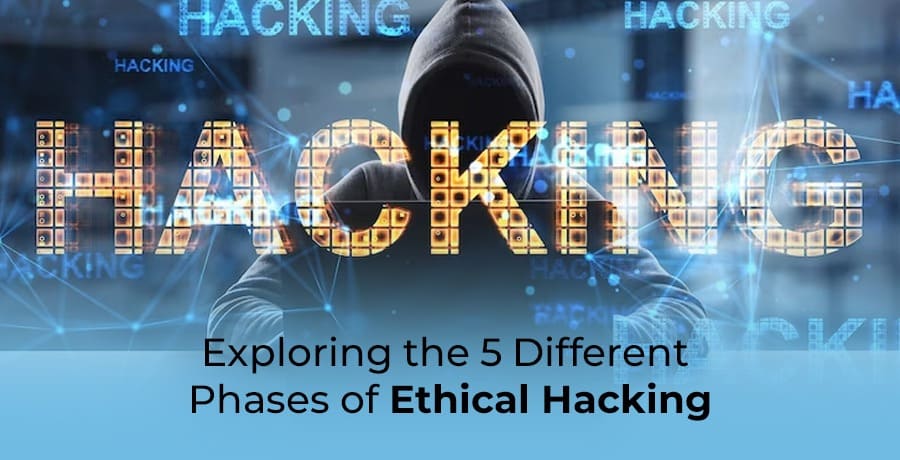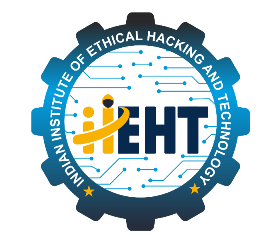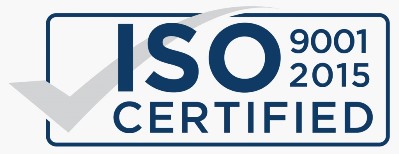Exploring the 5 Different Phases of Ethical Hacking
Date: Aug 12, 2023

With the tremendous dependence on technology, the risk of cyber threats has grown exponentially. To combat this, ethical hacking has emerged as a crucial tool in addressing vulnerabilities and ensuring the security of computer systems. Ethical hacking involves identifying potential security risks and vulnerabilities in systems, networks, and applications, thus enabling organizations to enhance their security measures. At the Indian Institute of Ethical Hacking & Technology (IIEHT), we believe that understanding the different phases of ethical hacking is essential for developing skilled professionals who can safeguard vital information in today's digital age.
1. Observation:
The first phase of ethical hacking is a survey, also known as information gathering. It involves collecting as much information as possible about the target system or network. Ethical hackers research the target organization, its employees, infrastructure, and third-party connections. Open-source intelligence, social engineering techniques, and tools like Nmap and Shodan support ethical hackers in obtaining valuable insights for subsequent phases.
2. Scanning:
Once a significant amount of information has been gathered, the ethical hacker moves on to the scanning phase. This phase involves actively probing the target system or network to identify open ports, services, or potential vulnerabilities. Scanning tools like Nessus and OpenVAS help ethical hackers discover weaknesses that may facilitate unauthorized access or other malicious activities.
3. Gaining Access:
The third phase of ethical hacking is gaining unauthorized Access to explore the vulnerabilities and weaknesses identified during the reconnaissance and scanning phases. Ethical hackers employ password cracking, sniffing, or exploiting weak configurations to penetrate the target system or network.
4. Maintaining Access:
After successfully breaching a system or network, the ethical hacker moves on to the fourth phase: maintaining Access. Here, the goal is to ensure continued access without detection. This phase provides an opportunity to explore the target system, collect more critical information, and elevate privileges. Ethical hackers utilize techniques like backdoors, rootkits, or malicious software to maintain Access while minimizing the chances of getting identified by security measures.
5. Covering Tracks:
The final phase of ethical hacking is covering tracks, which involves erasing all traces of the hacker's presence from the compromised system or network. Ethical hackers need to hide their activities to avoid legal consequences or enable potential malicious actors to exploit the same vulnerabilities. This phase includes deleting logs, removing malicious software, and restoring the system to its original state.
The five phases of ethical hacking represent a structured approach toward proactively securing systems and networks. At IIEHT, we believe in providing our students with comprehensive training programs covering each phase, equipping them with the skills necessary to protect organizations from cyber threats. Safeguarding valuable digital assets is paramount in today's technological world, and our institute's commitment to producing ethical hacking professionals is unmatched.
Join the Indian Institute of Ethical Hacking & Technology (IIEHT) and become a skilled, ethical hacker today! Visit our website for more information and to enroll in our training programs!



